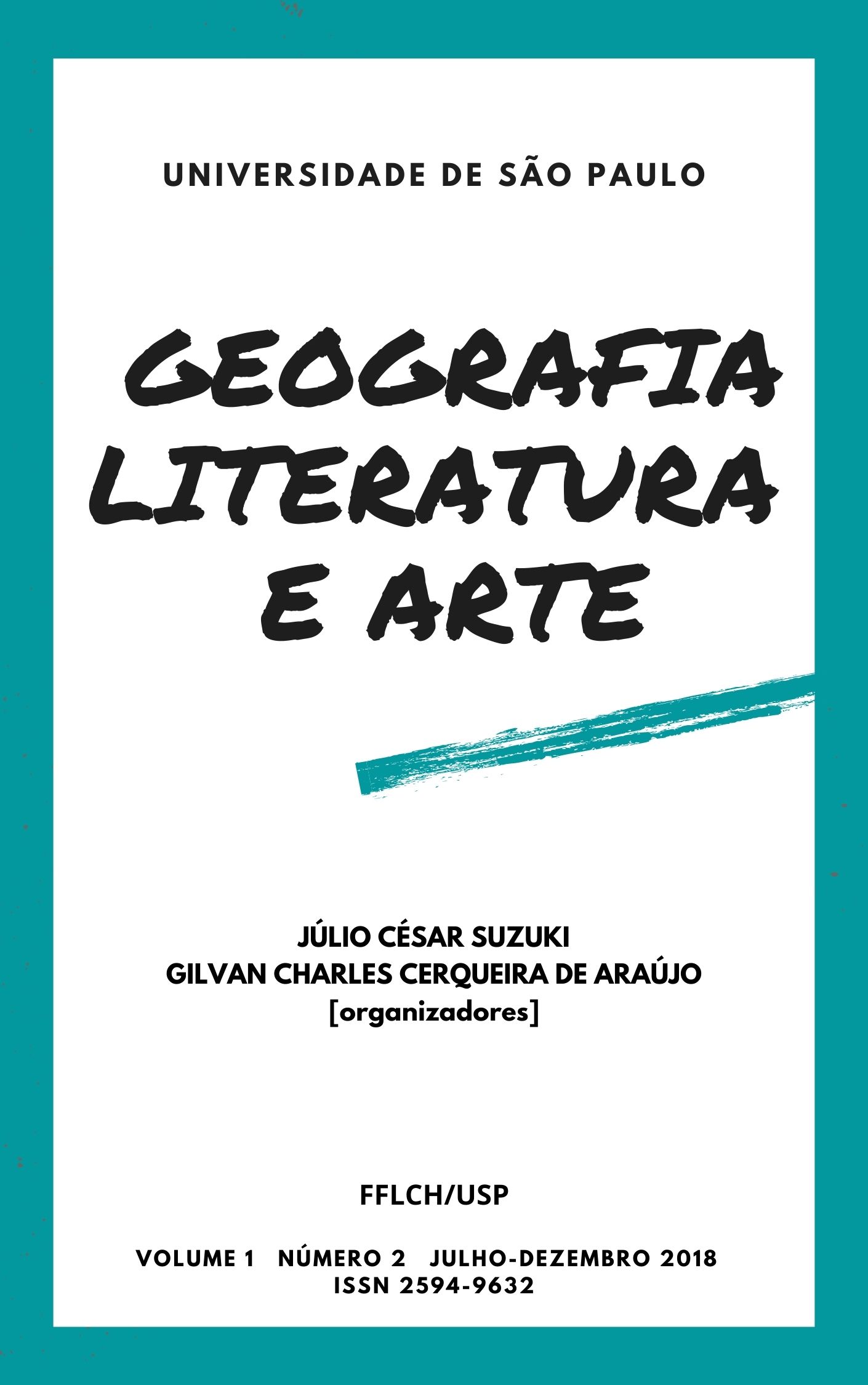Medea and Gota D'Água
Spaces in deviation and becoming-life
DOI:
https://doi.org/10.11606/issn.2594-9632.geoliterart.2018.174360Keywords:
Medea and Gota D’Água, Raving spaces, Lines flight, Becoming-lifeAbstract
In Medea (Seneca), the mother, Medea, attempting to escape from the exile, kill hers children; in Gota D'Água (Chico Buarque and Paulo Pontes), Joana, the rio-brazilian Medea, kills the children as the ultimate “solution” against eviction. Both tragedies! Is not it? Here we propose to think the killings as “lines of flight” displacing the tragedies to the worlds of normality and normativity in the kingdom run by the King (Medea), and of the housing controlled by its owner (Gota D’Água). In both narratives the deaths create “raving spaces”, denouncing that lives are more than objects controlled by forces of hard or segmental lines, and it invents, unusually, a becoming-life without guilt.
Downloads
References
AGAMBEN, Giorgio. Estado de exceção. São Paulo: Boitempo, 2003.
BUARQUE, Chico & PONTES, Paulo. Gota D’Água. Rio de Janeiro: Civilização Brasileira, 1975.
CARDOSO, Zelia de Almeida. O tratamento das paixões nas tragédias de Sêneca. Letras Clássicas. N. 3. São Paulo: Programa de Pós-Graduação em Letras Clássicas –FFLCH-USP, 1999, p. 129-145.
DELEUZE, Gilles. Abecedário. s/d. http://www.oestrangeiro.net/esquizoanalise/67-o-abecedario-de-gilles-deleuze (acessado em 13/3/2012).
DELEUZE, Gilles & GUATTARI, Félix. Kafka: para uma literatura menor. Lisboa: Assírio & Alvim, 2003.
DELEUZE, Gilles & GUATTARI, Félix. Mil platôs. Vol. 3. São Paulo: Ed. 34, 1996.
FERNANDES, Florestan. A função social da guerra na sociedade Tupinambá. 2 ed. São Paulo, Pioneira, 1970.
FOUCAULT, Michel. Segurança, território, população. São Paulo: Martins Fontes, 2008.
HOBSBAWM, Eric J. & Joan W. Scott. Sapateiros politizados. In: HOBSBAWM, Eric J. Mundos do trabalho. 3 ed. Rio de Janeiro: Paz e Terra, 2000, p. 149-191.
LUKÁCS, György. Arte e sociedade: escritos estéticos (1932-1967). 2 ed. Rio de Janeiro: EdUFRJ, 2011.
MASSEY, Doreen. Pelo espaço. Rio de Janeiro: Bertrand Brasil, 2008.
ROY, Arundhati. O deus das pequenas coisas. São Paulo: Companhia das Letras, 1997.
SÉNECA. Medeia. Coimbra: Centro de Estudos Clássicos e Humanísticos – Universidade de Coimbra, 2011.
TUAN, Yi-Fu. Espaço e lugar. São Paulo: Difel, 1983.
TUAN, Yi-Fu. Topofilia. São Paulo: Difel, 1980.


